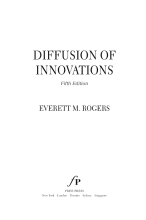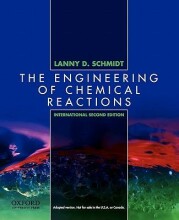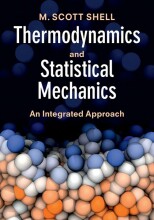Kinetic data and their interpretation - Reaction kinetics: the relation between rate and concentration - Second order reactions
9 important questions on Kinetic data and their interpretation - Reaction kinetics: the relation between rate and concentration - Second order reactions
How many concentration terms are there in the rate equation of a second order reaction?
There are 2 concentration terms or one to the power 2.
What is the rate equation for a second order reaction?
-d[A]/dt = -d[B]/dt = d[P]/dt = k2[A][B]
How can you solve the second order equation when [A]0 is not [B]0?
by expressing [A] an [B] in [A]0 and [B]0 so:
v = d[P]/dt = dx/dt = k2[A][B] = k2 ([A]0-x)([B]0-x)
- Higher grades + faster learning
- Never study anything twice
- 100% sure, 100% understanding
What does a pseudo first order reaction mean?
When two particles are involved in one reaction, but one of the reactants is in large excess the reaction will follow first order kinetics.
Which concentration difference can be neglected in a pseudo first order reaction?
The change in concentration of the reactant in large excess can be neglected. The concentration of that reactant can be treated as constant.
When concentrations [A] and [B] are equal the reaction equation k2[A][B] becomes?
-d[A]/dt=d[P]/dt=k2 [A][B]=k2 [A]sqrt
What is the equation of the halflife when [A]=[B]?
t0.5=1/(k2[A]0)
What is the rate equation when A=B?
-0.5d[A]/dt=k2[A]sqrt
What is the halflife time wen A reacts with itself?
t0.5 = 1/(2*k2*[A]0)
The question on the page originate from the summary of the following study material:
- A unique study and practice tool
- Never study anything twice again
- Get the grades you hope for
- 100% sure, 100% understanding































